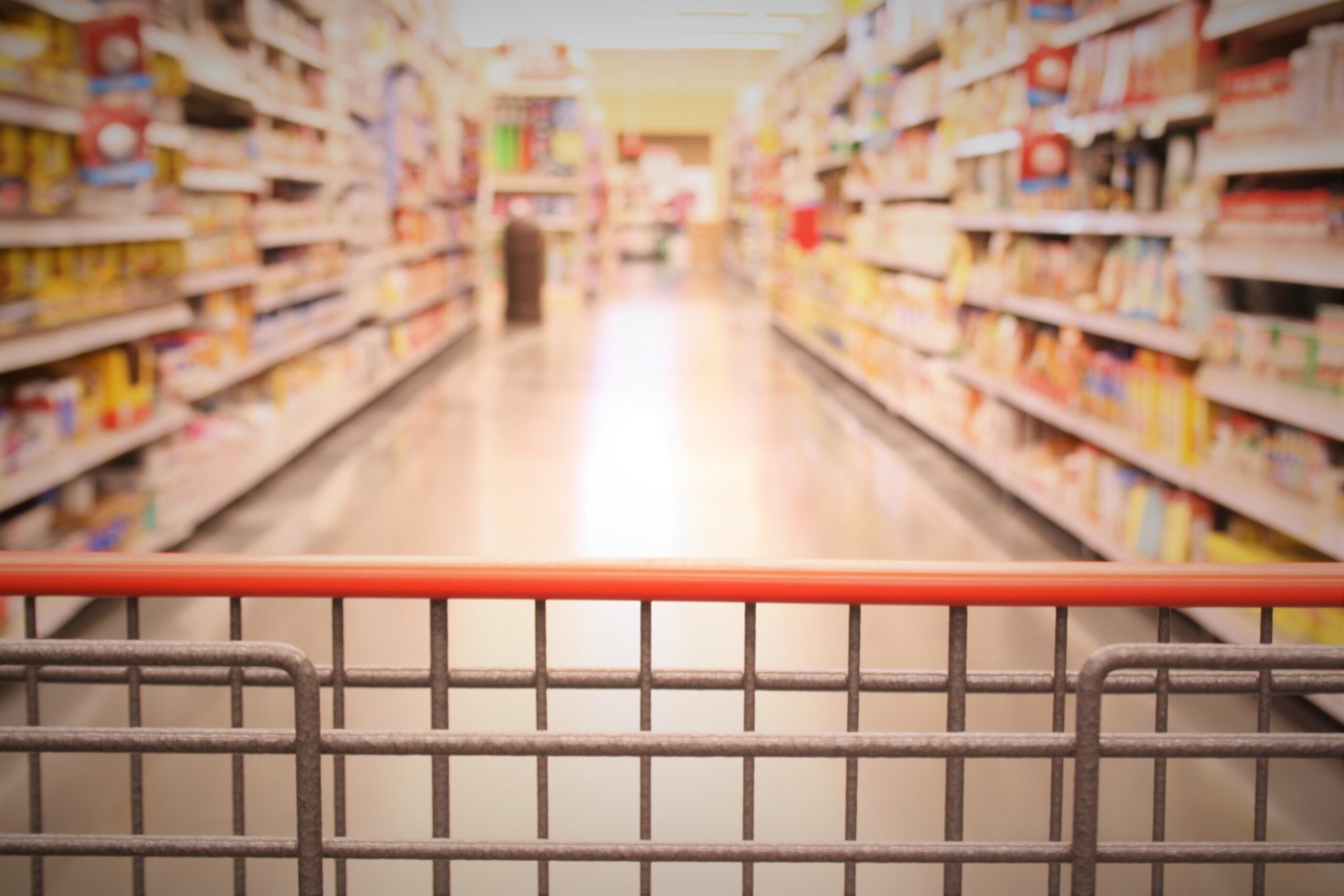With the acreage for agriculture shrinking and the worldwide population increasing steadily, indoor farms are growing in popularity as a viable form of food production.
Founded in 2015, Bowery Farming uses indoor farms located just outside of some US cities to grow lettuce and other greens. Bowery can produce crops year-round and uses far fewer resources than traditional farms to generate less waste.
Related: Could Soil-Free Farming Prevent Future Food Insecurity?
Typical farming is quite resource-intensive. But Bowery transforms non-arable spaces into arable farmlands. They stack crops from floor-to-ceiling and because they are grown indoors, they can control the environment.
By monitoring and feeding the stacked plants using a proprietary operating system called Bowery OS, information is gathered as the plants grow and a “recipe” is created for each one. Bowery uses less water than traditional growers, and all of its crops are also pesticide-free.
Since fresh produce can be in short supply in some urban areas, Bowery now has three indoor farms located near such areas. One is a research and development center in a suburb of Newark called Kearny, New Jersey and another is a large-scale commercial farm in Kearny as well. The third location is in White Marsh, Maryland, just north of Baltimore.
Bowery collaborates with several nonprofits, including Table to Table and Teens for Food Justice in nearby communities in New Jersey and New York. The company also offers support elsewhere in the country to Maryland Food Bank and DC Central Kitchen. These nonprofits sell fresh produce to corner stores in low-income neighborhoods in DC at wholesale costs, who then sell it to consumers at a lower cost than average grocery stores.
Bowery – unlike other farms that have been struggling during the coronavirus pandemic – was actually able to grow its customer base. Deemed an essential operation, there was no disruption in their business. In fact, it had an acceleration in demand because of shortages in other parts of the supply chain.
At the beginning of the year, the company’s produce was in about 100 stores. Now, the indoor farms are supplying 600 stores, including Giant, Weiss and Walmart, with its online business growing as well. With more people turning to e-commerce because of supply chain disruptions, Bowery’s e-commerce traffic has doubled since January. It also has a stable harvest and gets produce on the shelf in a few days.
Once the economy begins recovering after the pandemic, Bowery Farming can be a template for how to rethink food supply chains. It, along with other indoor farms, can play an important role in sustainability and can play a part as the supply chain is strengthened and rebuilt post-pandemic.










Join or login to leave a comment
JOIN LOGIN